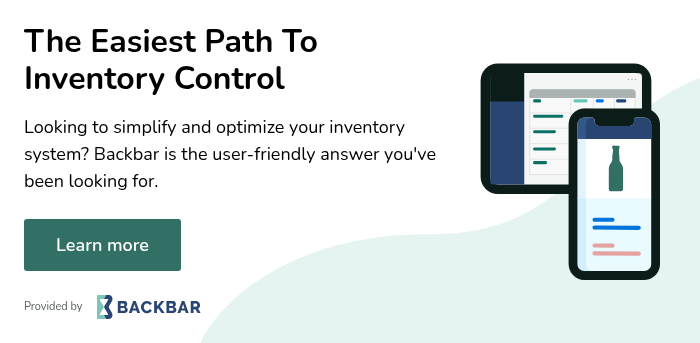A restaurant is only as good its staff. The bartender, servers, and help staff are the heart and soul of a restaurant. They have the most direct relationship with guests and create the experience that your customers will remember when they walk out your door with a to-go bag and, hopefully, a smile. That's why you should always be working to improve waitstaff training in your restaurant and bar.
Hire the Right Staff for Your Restaurant
The hiring process can make or break your restaurant. Specific skills needed for your
establishment can be taught, but every good employee needs to have passion that backs up their willingness to learn.
Qualities like good communication, wine knowledge, or upselling skills don't develop on their own, however. A good waitstaff training program is the backbone of a successful restaurant.
Perfect your practices and get your staff into shape by following these helpful tips.
Your staff should reflect the same personality and traits that your restaurant has. This helps sell the brand and experience of dining or drinking at your venue with guests.
It's vital to find employees with attitudes to match the atmosphere you want to build.
Here are some things to consider when analyzing the personality of potential hires:
- Are polite
- Show purpose
- Can communicate goals
- Willing to listen
- Are reflective about past experiences
These are some basic attributes that will let know an employee has a good chance to work hard, listen, learn, and bring value to your restaurant. Of course, hiring isn't a science. But it's not gambling either, hedge your bets with referrals and seeking out the qualities we listed above.
Structure Training With a Handbook
Every training program should start with a solid plan that's laid out in a handbook or training manual.
Write out the goals you want your staff to achieve. Make sure they are measurable, so you can determine what is working or what changes need to be made to reach success.
Utilize the same plan for each employee that comes into your establishment, making adjustments when needed. Consistency ensures that everyone is on the same page and are held to the same set of standards.
Within your plan, prioritize the tasks so your employees understand the importance of some duties over others.
For example, a server should have an in-depth understanding of the menu before they begin waiting on tables and making suggestions to guests. Training should be scheduled consistently to reinforce what staff needs to know, new additions to the menu and focus on areas that are falling short.
What to include in an employee training manual
- Restaurant mission statement
- Expectations of employees
- Employee conduct requirements
- Tasting notes for wine and beers
- Tasting sheet for food
- Outline of steps of service
- Space for feedback
Pick a Method of Training
Each individual learns in a different way. There is no, 100% correct method to train waitstaff, but by paying attention to the way they learn best, such as visually, auditory, and kinesthetically, you can more efficiently convey information. There are three approaches in the way you teach your staff:
Shadowing and Demonstration
This is a method in which an employee follows a more experienced staff member who physically shows an employee how to complete a task. The trainee watches and then replicates the actions later. This is meant to give a new employee a feel for the way responsibilities are completed, start to finish. It also gives the trainee a glimpse into real-life scenarios
Instructing and Supervising
Instructing is a more passive form of training. A new hire is provided with a set of instructions on how to accomplish a task, without demonstration. This is a more hands-on approach, in which an employee can either finish a task successfully or learn from the mistakes that they made. They can keep the directions as a reference when they officially start the job. A trainer is provided to supervise performance and make suggestions when needed.
Role-Playing
This form of training allows new hires to experience what might happen in a real-life situation, without the pressure of a real-life situation. Trainers act out the role of the customer to test trainees on what they have learned. This helps to build confidence before a new employee has to interact with real customers.
Menu Training is Critical
Teaching employees about the menu is one of the most essential steps of the entire training process - after all, the food is why the customers have come to your restaurant in the first place. The staff need to know the food, drink, and descriptions on the menu like the back of their hand. Beyond that, they need to prepare themselves for any questions about the ingredients and preparation process that the customers may have. This can be daunting, especially when restaurants have extensive wine lists in addition to the traditional menu.
Restaurants can better help waitstaff understand the product by offering all-encompassing information and descriptions on the menu itself. Not only will customers have less questions if the information is on the menu, but the waitstaff will be able to reference it when making their own suggestions.
Continuing Training
Training doesn't end once the employee finishes the initial, introduction program. It is equally important to continue to help staff improve over time with suggestions, constructive criticism and praise.
Monthly meetings help address any issues and encourage staff to continue what they are doing well. The industry is constantly shifting, so keeping staff up-to-date with new trends and policies will benefit your restaurant.
Continual training guarantees that your staff is both comfortable and confident working within your restaurant.




